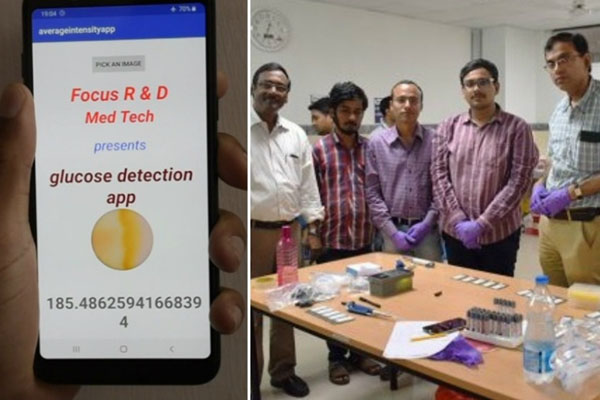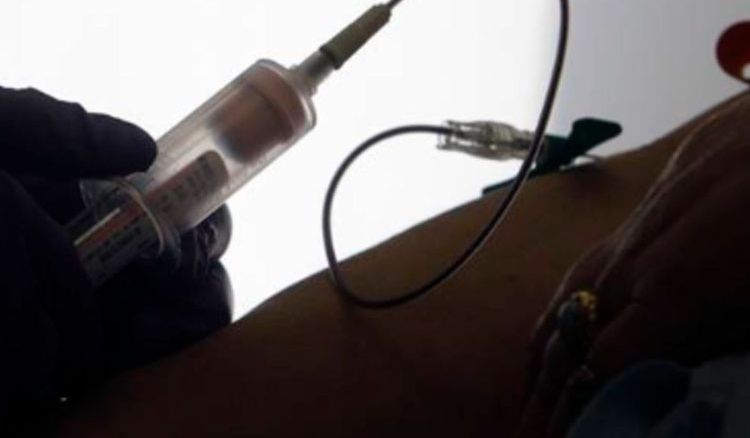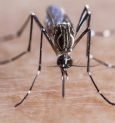Burdened by the costs of conducting too many pathological tests prescribed by doctors? This is a very common phenomenon these days across the state and the country. There could well be a solution for this. IIT Kharagpur has developed an ultra-low-cost diagnostic device which can perform various pathological tests by using a tiny drop of blood taken from a finger-prick. The device could benefit millions of people across the country as it is going to make basic pathological tests very cheap. Process for up-scaling and commercialization of the technology has already been started.
Unlike other pathological tests where examination requires a proper laboratory setup, this device has been tested at extreme conditions. It was tested in an extremely challenging environment with uncontrolled dirt, dust and humidity, and in the absence of structured clinics or air-conditioned pathological laboratories to work.

Professor Suman Chakraborty from the Department of Mechanical Engineering at IIT Kharagpur led the team which has developed this device. According to him, in comparison with other portable devices for haemoglobin estimation, this device is implementable without any trained personnel and provides quantitative results comparable to the pathological results. Dr Satadal Saha, FRCS, medical entrepreneur, and also a Visiting Professor at the School of Medical Science and Technology of IIT Kharagpur, claimed that this device is virtually instrument-free and requires only a paper strip based kit integrated with a smartphone to enable analytics and readout functions and an LED light for imaging.
This device is going to be a boon to assess public health status in India. Through this device, we can get the blood haemoglobin level which is important to maternal and child health assessment. It can also report plasma glucose directly unlike most other available portable devices which statistically estimate glucose from the whole blood. It will detect diseases which produces colour signals in a body fluid such as blood, urine, saliva. On operational part, this device requires a single drop of finger-prick blood and a drop of reagent on the paper-based reaction chamber. The device is designed to harness the flow of blood from an input source pad to a reaction pad through capillary action for the diagnosis. The reaction is manifested in the form of change in the colour that corresponds to the quantification of blood parameters such as glucose and haemoglobin in human body.
According to Professor Suman Chakraborty the technology, process and limited use of consumables have significantly brought down the cost of each blood test. Under laboratory conditions each test costs Rs 1 or even less. It’s like a magic strip.
 বাংলায় পড়ুন
বাংলায় পড়ুন














